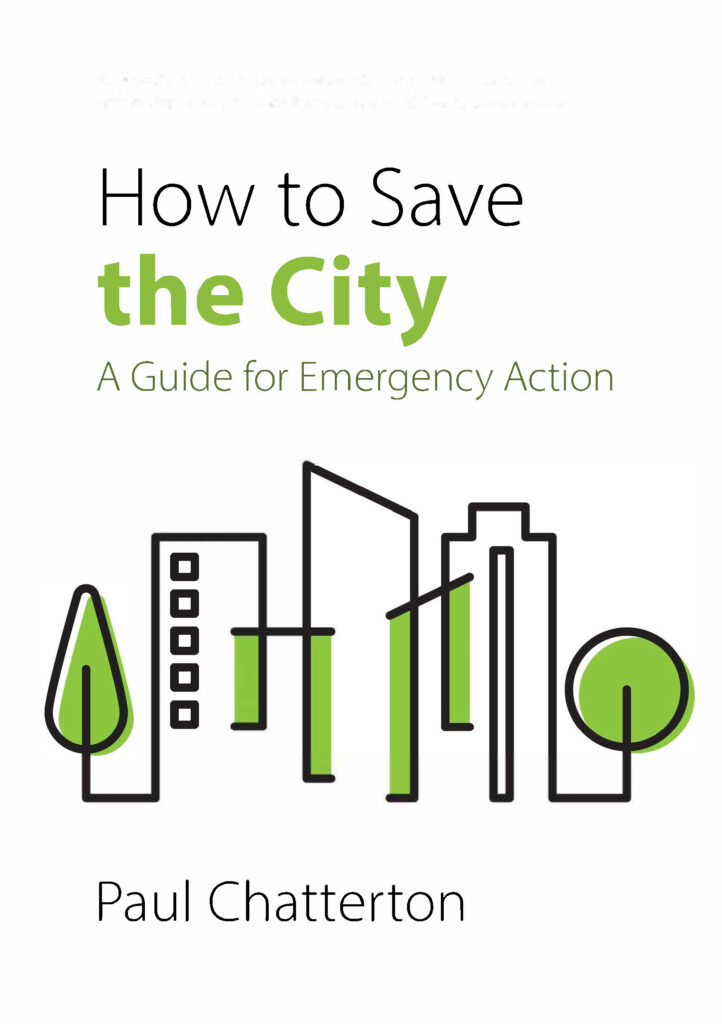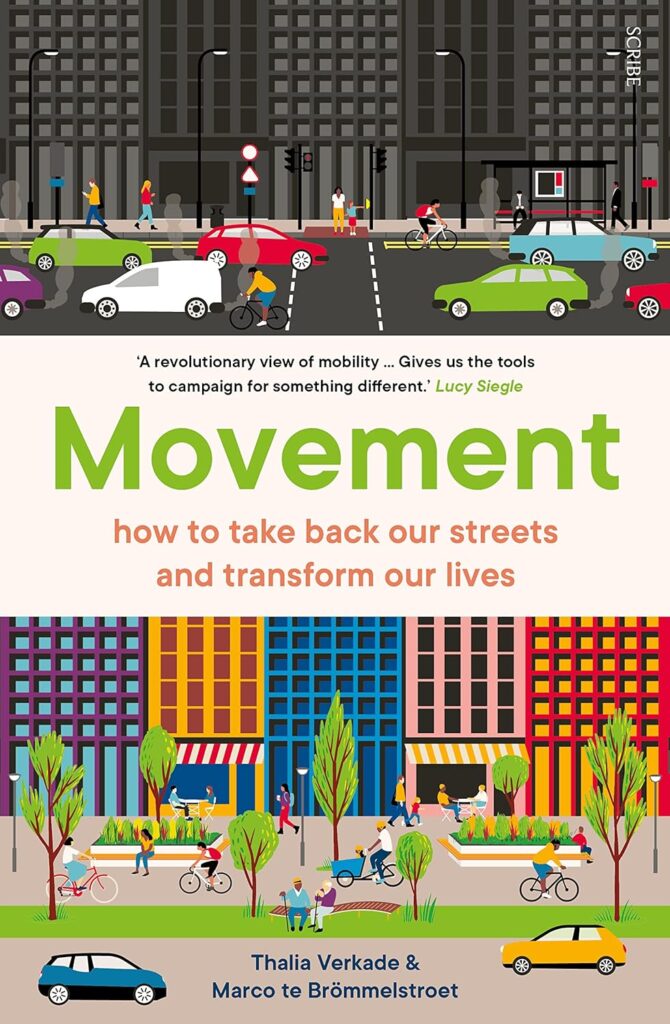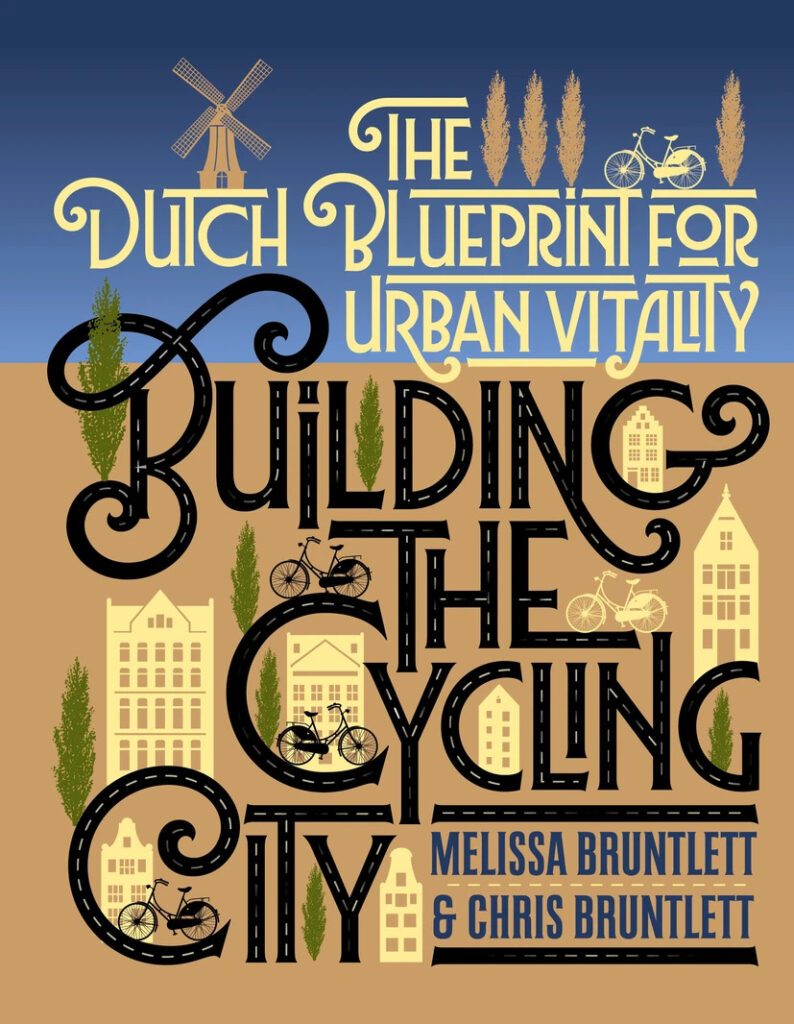
What is it about?
A handbook for enabling cycling for transportation, City Cycling (Eds. John Pucher and Ralph Buehler) gives readers the what, the why, and the how all wrapped up together with a wealth of references for further reading. Pucher and Buehler begin with an introduction and comparative international overview of cycling in Western Europe, North America, and Australia, in which they give basic background information on cycling rates, safety, traffic regulation, policy, and strategy. Like in their widely cited article “Making Cycling Irresistible: Lessons from The Netherlands, Denmark and Germany” (Pucher & Buehler, 2008), this serves as key foundational information on cycling for transportation. In the following chapters, they pass the baton to experts on different subsets of cycling knowledge. Beginning with “Health Benefits of Cycling” and “Effective Speed”, these experts lay out the benefits of cycling and make thorough and well-researched arguments for the “why”. Next, in “Developments in Bicycle Equipment and Its Role in Promoting Cycling as a Travel Mode” and “Bicycling Infrastructure for Mass Cycling: A Transatlantic Comparison”, the “what” of mass everyday cycling is made clear and the “how” is begun. Subsequent chapters on cycling safety, integration with public transport, bikesharing, women, and children dive deeper into specific components of enabling city cycling. Each of the chapters can stand on their own and are loaded with references. The book is concluded with sections on cycling in small cities, big cities, and megacities.
What approach does it take?
The authors take a practical and direct approach: they lay out the state of the art in cycling knowledge (through its publication in 2012, but still very relevant) without using overly academic language. In their own words, the book “is intended for everyone with an interest in cycling… written to be understandable and useful for a wide range of readers, including cyclists as well as cycling researchers” (Pucher & Buehler, 2012, p. xi). The structure enables you to choose to get a full overview of the field by reading the whole book, or to quickly reference specific information.
Who might be interested in this book?
I agree with the intention of the authors: anyone interested in cycling can find something in this book. If you are new to the field, this (along with their 2008 literature review) is a highly recommended overview and probably enough knowledge to do quite a lot. Researchers will find it beneficial for the academic references alone. Urban planners and designers can take the specific parts about infrastructure to their practice, and pick and choose what is most relevant from the rest of the information to explore in more detail.
Further details
Academic disciplines: Urban planning and design with interdisciplinary perspectives
Geographical scope: Focus on North America, Europe, and Australia, but many insights are generalizable
Relation to cycling: A collection of research on and a toolkit for bicycle planning and design for the wider population
Reference (APA): Pucher, J., & Buehler, R. (Eds.). (2012). City Cycling. Cambridge, Massachusetts; London, England: The MIT Press. doi:10.2307/j.ctt5hhjxr



